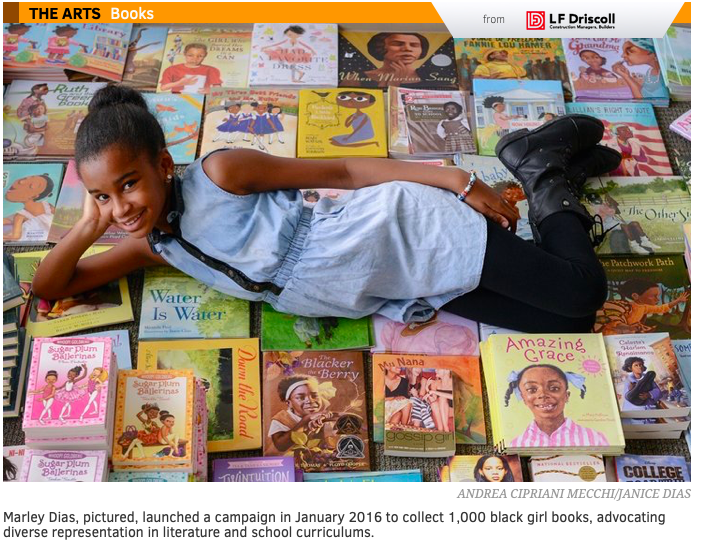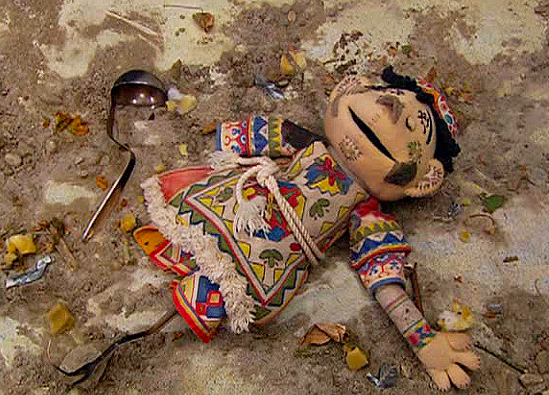Not being familiar with the term Social Media Activism, hearing the word “activism” immediately brought back pleasant and not so pleasant memories. Just as Catherine mentioned, the term activism is often identified with protests, marches and fighting for change that was very much present in my life growing up. Hearing the story of a few great social activists, helped me see the value of social activism. As Curtis described “By people joining in on social media for a cause, brings awareness to issues that may otherwise be dismissed”. Several intentional actions, formal or non-formal movements with the goal of bringing social change prove that social activism can be effective.

Marley Dias experiencing the lack of diversity in her grade 5 classroom starts a campaign looking for books about black girls. With the donations she has received, thanks to her online campaign, her collection reached 1000 books. Her promoting diversity led to the JetBlue’s Soar with Reading Initiative targeting the ‘book deserts’ neighbourhoods in New York by setting up six free vending machines where books are available all summer for borrowing.

Martha Payne, the ten year old school girl from Scotland by starting a blog about her daily lunches served at the school cafeteria, was not only able to reform the school cafeteria meals with the help of the support she was getting from all over the world, but through the Mary’s Meal Charity, she also helped build a kitchen in Malawi where 14000 people are being fed.
In the #CHHS Lets Talk, Brett Rothery raises awareness of mental health as well as the ‘Sit with us’ app. designed by the 16 years-old Natalie Hampton as a result of sitting alone her entire 7th grade in the school cafeteria are wonderful examples of using social media as a tool to make a difference.

No Strings is educating children in the form of a puppet show. The main reason for these wonderful puppeteers getting together was to open up new ways of thinking and help children deal with critical problems, such as staying away from landmines in Afghanistan. Today there is a wide variety of topic addressed in the form of puppet shows translated into different languages, demonstrating kids that there is hope.
Craftivist Sarah Corbett led a gentle protest with hand-embroidered hankies helping the retail employees working for M&S get higher wages, by reaching the goal of receiving the “Living Wage” accreditation.
As we see through the above mentioned social activists’ actions, they all met their goal of bringing social justice. In my view, having online conversations can be more productive since it gives a chance to reach people from all over the world. Although the online world has the power to provide support, the success doesn’t always come without a price. Social activists often face controversies and negativity that can escalate to higher levels, such as loosing a job.
When it comes to our responsibility as educators, I feel it is important to model to our students how to be digital citizens, by becoming personally responsible, participatory, as well as justice oriented citizens. We also have to teach them that freedom of speech does not mean freedom of consequences. In order for them to become successful up-standers, it is crucial to teach them to take action in their community, as well as do research and build knowledge. I think it is important to teach students about the existence of negativity in the online world, such as doxing, as well as ways to deal with it if that ever becomes the case.
